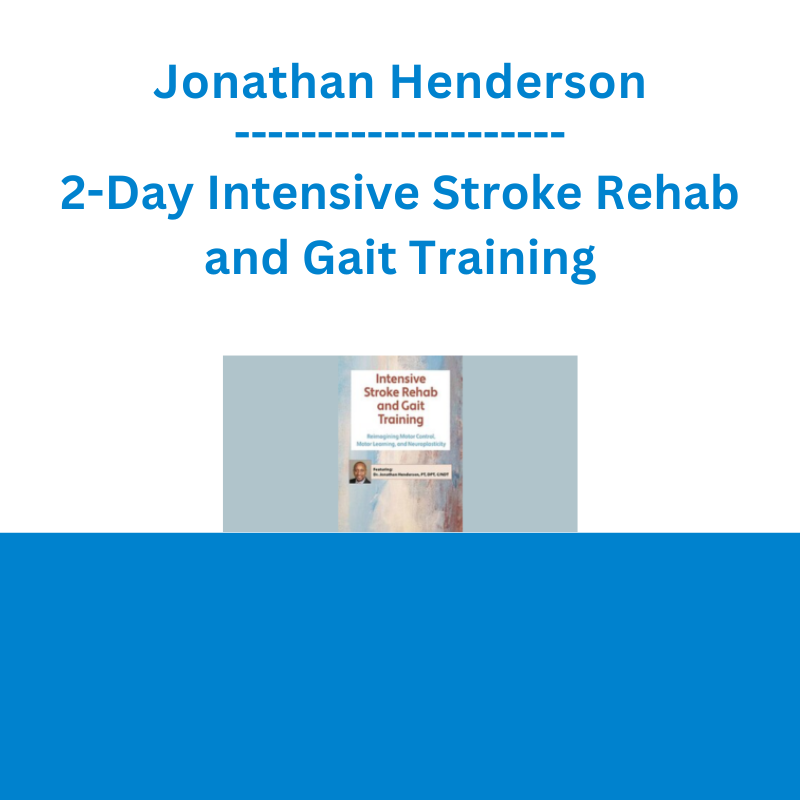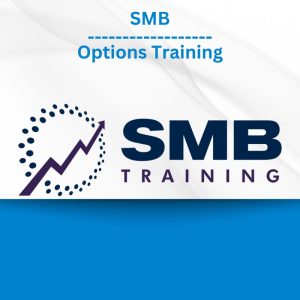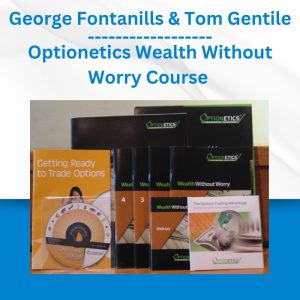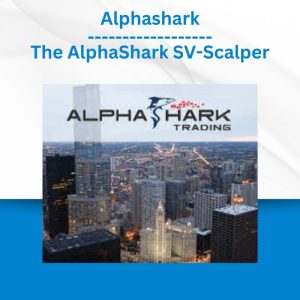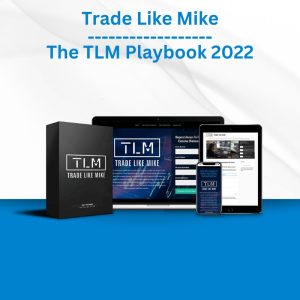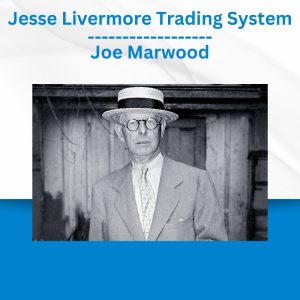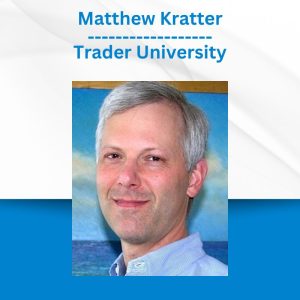*** Proof of Product ***
Exploring the Essential Features of “Jonathan Henderson – 2-Day Intensive Stroke Rehab and Gait Training: Reimagining Motor Control, Motor Learning, and Neuroplasticity”
Speaker:Jonathan S. Henderson, PT, DPT, C/NDT
Duration:13 Hours 40 Minutes
Format:Audio and Video
Copyright:Feb 19, 2024
Media Type: Digital Seminar
Description
It’s the most daunting challenge you are ever going to face in clinical practice… Dealing with the brain and body connection has complexities that research is still unfolding.
But don’t worry… With 19+ years of experience, and Neuro Developmental Treatment Certification, Dr. Jonathan Henderson, DPT, comes equipped with top-tier stoke rehab expertise to prepare you with up-to-date interventions assured to treat your stroke patients in ways you couldn’t before.
Loaded with creative, relative, and evidence-based approaches to master neuroplastic change and motor learning. In this training you’ll develop the confidence to create a comprehensive, patient-centered stroke rehab program that is certain to improve overall client physical function and fitness with information on:
- Gait training
- Fall risk prevention
- Sensory processing
- Neuroplasticity
- Spasticity and tone
- Pushers Syndrome
- Spatial neglect
- Visual changes
- Challenging behaviors
- Motor learning tools
- Cognitive exercises
- Dual task training
- Goal planning
- And more!
And that’s not all! This training is guaranteed to increase reimbursement and decrease hospital readmission rates with improved assessments tools to streamline clinical reasoning, appropriate goal setting, and applicable outcome measures.
It’s time to reimagine stroke rehab and gait training with a fresh perspective. Purchase today and discover the perfect blend of neuroplasticity and impairment-based interventions so you can completely redefine functional recovery after a stroke!
Speaker
Jonathan Henderson, PT, DPT, C/NDT, is an expert in stroke rehabilitation, who brings a unique clinical eye to treating patients with neurological deficits, honed from his experience in both acute care and inpatient rehab settings. He maintains a busy outpatient clinical practice in Memphis, TN, which focuses on providing neurological and orthopedic care to older adults, and is a Credentialed Clinical Instructor (CCI) and has served as director of the Physical Therapist Assistant Program at Concorde Career College.
Dr. Henderson travels nationally to present seminars on stroke rehabilitation, and he is known for his dynamic, hands-on teaching style. He earned his Doctor of physical therapy from Alabama State University, and he is also certified in neuro-developmentaltreatment with a focus on stroke and brain injury rehab. He is an active member of the American Physical Therapy Association (APTA), Neurodevelopmental Treatment Association (NDTA), and the American Academy of Physical Therapy. (AAPT).
Speaker Disclosures:
Financial: Jonathan Henderson is the owner of Bartlett NeuroRehab Physical Therapy and has an employment relationship with Baptist Memorial Hospital. He receives a speaking honorarium and recording royalties from PESI, Inc. He has no relevant financial relationships with ineligible organizations.
Non-financial: Jonathan Henderson is a member of the American Academy of Physical Therapy, the National Association of Black Physical Therapists, the American Physical Therapy Association, and the Neuro Development Treatment Association.
Objectives
- Identify most common types of strokes and impairments seen
- Describe the anatomy and science driving functional motor recovery after stroke.
- Utilize motor control, motor learning, and neuroplasticity interventions to improve functional outcomes.
- Choose effective evaluation and assessment techniques to determine functional performance.
- Identify common limitations of treatment intervention options.
- Choose task-specific goals for each patient based on functional impairments.
- Utilize motor learning strategies to drive recovery of upper limb function.
- Utilize contextual factors and gait training principles to address functional mobility.
- Determine the best recommendations on spasticity for symptom management.
- Utilize brain-based activities to improve visual motor performance.
- Distinguish the most optimal recommendations to promote physical fitness for stroke survivors.
- Identify best practices in stroke treatment.
- Determine criteria for clinical documentation and proper goal setting.
- Choose outcome measures to capture change and identify fall risk.
Outline
Brain Anatomy and Cerebrovascular Accident
- Prevalence and types of stroke
- Etiology and Pathophysiology
- Incidence/Epidemiology
- Anatomy and cerebral blood flow
Common Impairments and Essential Treatments
- Sensory and coordination
- Visual changes
- Synergies and motor recovery
- Weakness and reflexes
- Muscle tone and flaccidity
- Perception and cognition
- Neglect
- Pusher Syndrome
- Emotional status
- Postural control and balance
Critical Principles of Management
- Understanding hypertonicity and spasticity
- Range of motion limitations
- Force production
Reimagine Recovery After a Stroke
- Motor recovery and motor learning
- Neuroplasticity
- Movement deficits
- Atypical movement
- Compensatory movements
Enhance Funcational Outcome Measures
- Berg Balance Scale
- Timed Up and Go
- Falls Efficacy Scale
- Four Square Step Test
- Five Times Sit to Stand
- Clinical practice guidelines
Individualized Goal Setting and Documentation
- Keeping patient’s goals in mind
- Key terms to maximize reimbursement
- Showing patient progress through documentation
Results Driven Treatment Interventions
- Importance of frequency, intensity, type, and time
- Motor function strategies
- Proprioceptive Neuromuscular Facilitation
- Neuro-developmental treatment
- Constraint Induced Movement Therapy
- Task-specific training
- Facilitation and stretching
- Upper and lower extremities
- Gait and balance training
- Modalities
- Technological advances
Novel Case Studies
- Clinical reasoning
- Postural control
- Balance training
- Handling to facilitate motor function/response
- Handling to inhibit undesired responses
- Virtual treatment interventions
- Gait training
- Task-specific training
Target Audience
- Physical Therapists
- Physical Therapist Assistants
- Occupational Therapists
- Occupational Therapy Assistants
Please see the full list of alternative group-buy courses available here: https://lunacourse.com/shop/

